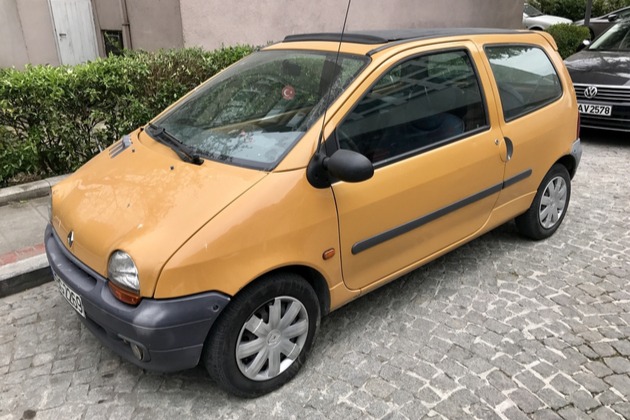
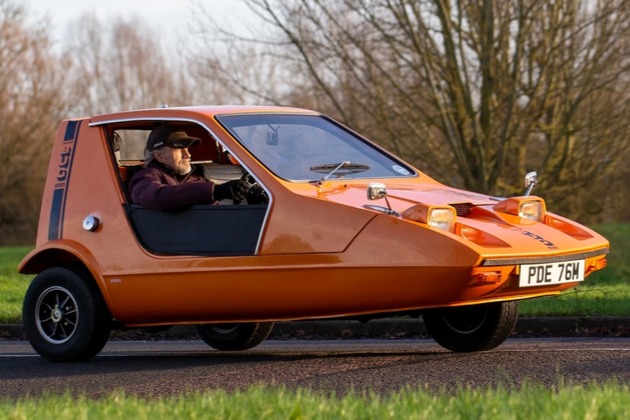
Beauty may be in the eye of the beholder, but when it comes to car design, some models receive more criticism than praise. While many vehicles are celebrated for their sleek aesthetics and timeless appeal, others have sparked debate over their unconventional looks. A ranking website, Ranker, recently asked its audience which cars they found the most unappealing, and the responses were eye-opening. From oddly proportioned exteriors to questionable design choices, here are the top 10 cars that people deemed the “ugliest” of all time.
Toyota Prius
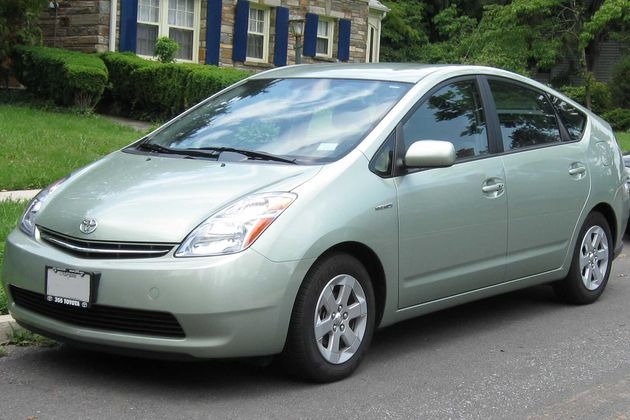
As one of the first hybrid vehicles to gain mass popularity, the Toyota Prius made its debut in Japan in 1997 and arrived in the United States in 2001. Its eco-friendly technology and fuel efficiency quickly won over environmentally conscious drivers, including high-profile celebrities. However, the Prius’s design remains a divisive topic—some find its aerodynamic shape practical, while others see it as awkward and uninspired. The bulky rear end and unusual proportions contribute to why it landed on this list. Still, it continues to be a reliable and efficient vehicle, proving that performance can sometimes outweigh looks.
Renault Twingo

The Renault Twingo, introduced in 1993, is a compact city car that has gone through multiple design iterations. Although its small size and practicality have made it a favorite in urban settings, its quirky appearance has earned it a spot among the least attractive cars. With a rounded, almost cartoonish body and an exterior that some describe as looking like a toy car, the Twingo is certainly unique. Despite its looks, it has remained a dependable and enjoyable vehicle for many European drivers.
Oldsmobile Ciera Wagon
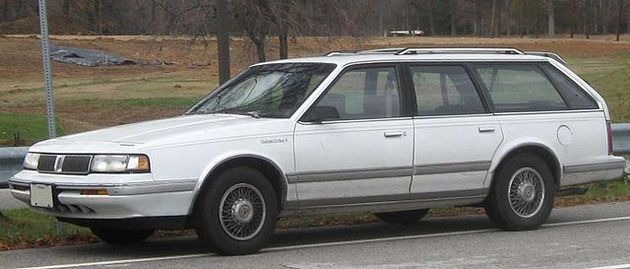
Station wagons are often more about function than form, but the Oldsmobile Cutlass Ciera Wagon struggled in both departments. Introduced in the 1980s, this model featured a simulated woodgrain trim that was meant to add a touch of classic Americana but instead felt outdated even at the time. While some wagons, like the iconic Ford Country Squire, embraced their wood-paneled look, the Ciera Wagon’s execution fell flat. Despite its roomy interior and solid performance, its design left much to be desired.
Ford Contour
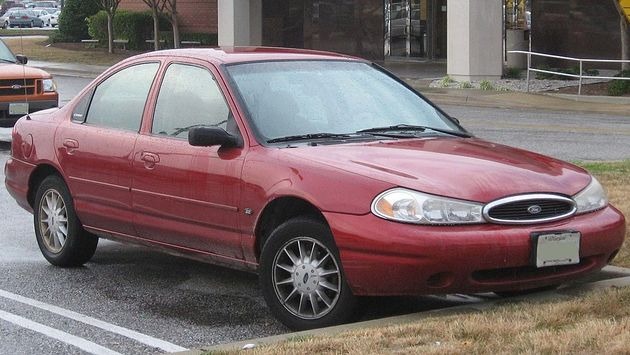
Manufactured between 1994 and 2000, the Ford Contour was a mid-sized sedan that never quite found its footing in terms of design. Ford embraced an oval aesthetic, incorporating rounded headlights, grilles, and tail lamps in an attempt to modernize the look. However, this design choice was not well received, as many found the car’s styling too soft and uninspired. While it offered a solid driving experience and was praised for its handling, the Contour’s exterior failed to capture the attention of buyers, resulting in lackluster sales.
Chrysler PT Cruiser
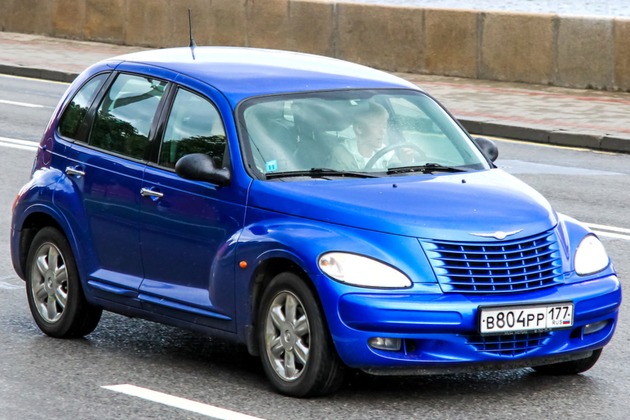
Chrysler introduced the PT Cruiser in 2000, aiming for a retro-modern blend that combined nostalgic design elements with contemporary features. However, the result was a vehicle that many drivers found visually unappealing. The bulbous body, high roofline, and oversized fenders gave the car a look that was neither fully retro nor completely modern. Though some owners appreciated its spacious interior and versatility, the PT Cruiser’s exterior design remained one of its most criticized aspects.
Saturn SC (3 door)
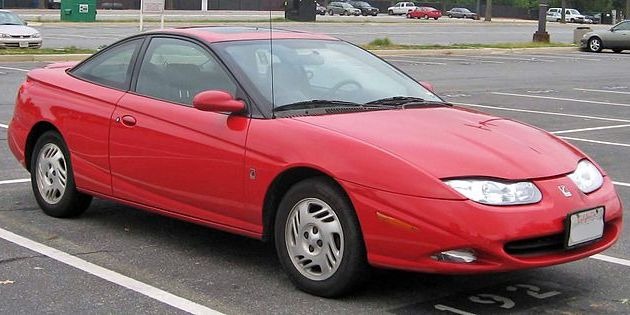
The Saturn SC was a compact coupe produced from 1990 to 2002 by Saturn, a subsidiary of General Motors. While Saturn was known for its innovative dent-resistant polymer body panels, the SC’s design did little to win over car enthusiasts. The most notable—and unusual—feature was its three-door layout, which included a small third door on the driver’s side. While this added functionality, the squished front end and oddly proportioned body gave the SC an appearance that many found unbalanced and unattractive.
Nissan JUKE
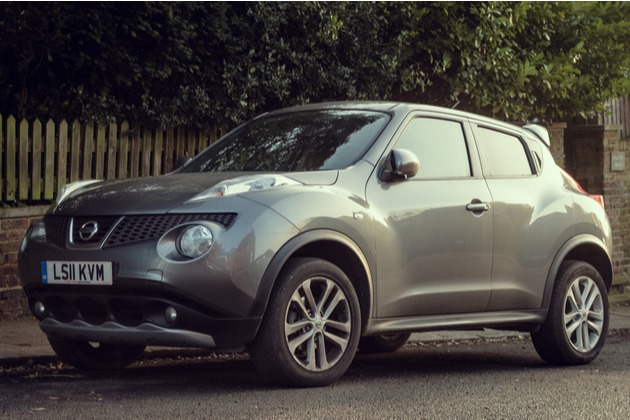
When the Nissan Juke was first unveiled in 2010, it immediately divided opinions. Its bulging headlights, high wheel arches, and compact frame made it look vastly different from conventional SUVs and crossovers. While some appreciated its bold styling, others found it too experimental and mismatched. Despite its controversial looks, the Juke was a sales success, particularly due to its sporty performance and unique driving dynamics. However, when it comes to aesthetics, the Juke remains one of the most debated designs in modern automotive history.
Toyota MasterAce
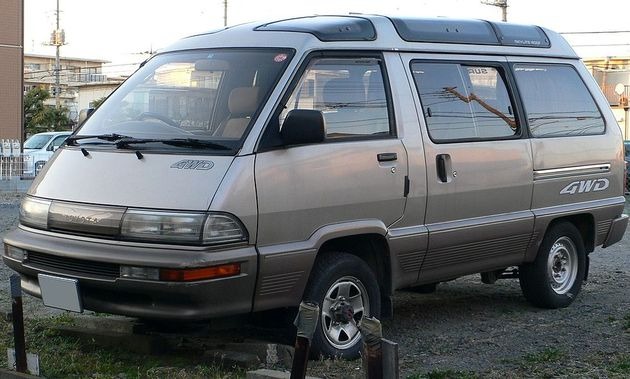
The Toyota MasterAce, produced between 1982 and 1989, was a minivan that delivered practicality and durability but fell short in the looks department. With its boxy shape, flat front, and compact proportions, the MasterAce lacked the sleek appeal that other minivans of the era, like the Dodge Caravan, attempted to incorporate. Though it was reliable and functional, it was clear that Toyota’s focus was on utility rather than aesthetics when designing this vehicle.
Chrysler PT Cruiser Convertible
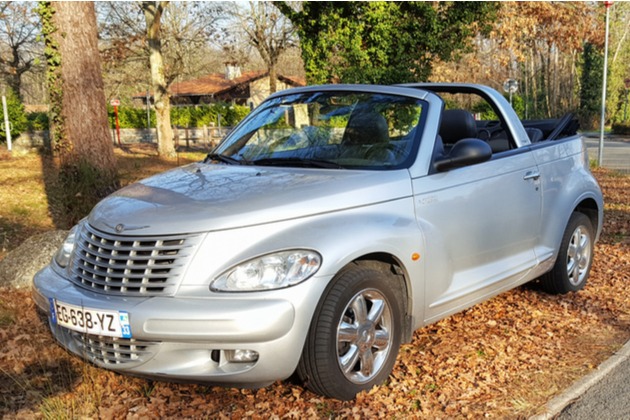
If the standard PT Cruiser was already polarizing, its convertible variant, produced from 2005 to 2008, took things to another level. By removing the roof and adding a two-door configuration, Chrysler attempted to create a stylish drop-top version of the PT Cruiser. However, the result was a vehicle that looked even more awkward, with an unusually high beltline and a bulky, unrefined silhouette. Despite offering a comfortable interior and decent driving experience, the PT Cruiser Convertible struggled to win over buyers due to its unconventional styling.
Citroen Ami
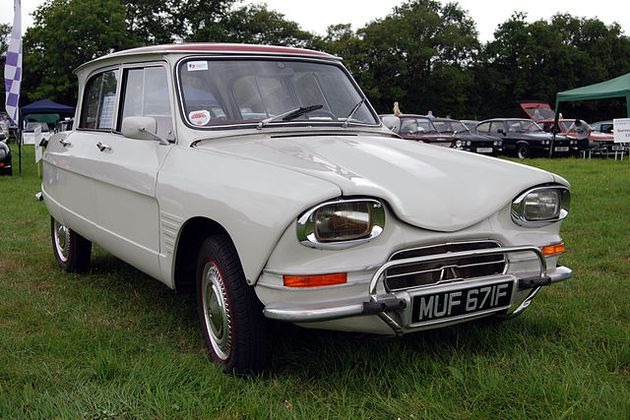
The original Citroën Ami, produced from 1961 to 1978, was designed as an affordable, practical family car for the French market. While it achieved its goal of being an economical choice, its boxy frame, asymmetrical lines, and peculiar headlights made it an odd sight on the roads. Unlike other Citroën models, such as the iconic DS, which was praised for its sleek and futuristic styling, the Ami was often described as having a “sad” or “awkward” face. Even decades later, it remains one of the most unusual-looking vehicles in automotive history.



